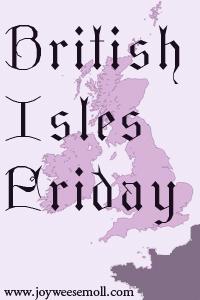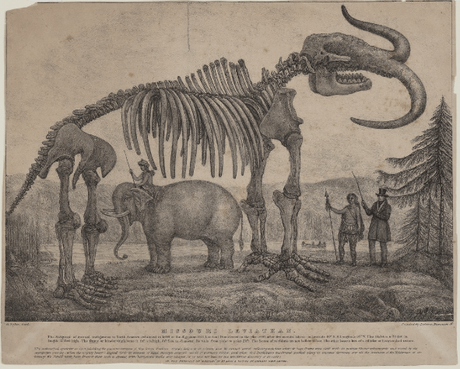 Welcome to British Isles Friday! British Isles Friday is a weekly event for sharing all things British and Irish - reviews, photos, opinions, trip reports, guides, links, resources, personal stories, interviews, and research posts. Join us each Friday to link your British and Irish themed content and to see what others have to share. The link list is at the bottom of this post. Pour a cup of tea or lift a pint and join our link party!
Welcome to British Isles Friday! British Isles Friday is a weekly event for sharing all things British and Irish - reviews, photos, opinions, trip reports, guides, links, resources, personal stories, interviews, and research posts. Join us each Friday to link your British and Irish themed content and to see what others have to share. The link list is at the bottom of this post. Pour a cup of tea or lift a pint and join our link party!
Last week, I observed Queen Elizabeth and Prince Philip's 75th wedding anniversary with a review of The Gown by Jennifer Robson. Heather shared two nonfiction books about the re-wilding movement in the UK: Bringing Back the Beaver by Derek Gow and Wilding by Isabella Tree.
November is National Novel Writing Month, a challenge to write a 50,000-word novel in 30 days. I'm working, for the third year in a row, on a novel about American women codebreakers during World War II. I changed the main character and the type of story I was writing for this year's version. I think it's working better.
I've gone on many little investigations to determine if my characters could do the things that I imagined. One of them, this week, was to find out if one of my characters could have visited the National History Museum while stationed in England. According to this article, the museum was open for visitors for much of the war - although they wouldn't have been aware of secret operations and war experiments that happened in closed-off galleries.
One of the fun things about these little investigations is that I learn about completely irrelevant, but otherwise fascinating, stories. In this case, I discovered the Missouri Leviathan at the Natural History Museum. That caught my eye because there aren't that many places where UK and Missouri history intersect.
The story begins with fossilized bones discovered on a farm in Missouri. The Natural History Museum was sketchy with details about that, so I went off to find a Missouri source. The Missouri Historical Society told the Missouri part of this story.
Albert Koch displayed a collection of natural wonders to paying guests in the St. Louis Museum. In 1841, he heard about prehistoric bones found near the Pomme de Terre River in central Missouri. Once he acquired them, he assembled them into the largest configuration possible, adding in some extra bones from the St. Louis Museum to produce the Missouri Leviathan which he posited to be an aquatic creature, walking along the bottom of Missouri's rivers.

Koch thought that his discovery was too big for Missouri.
The article at The National History Museum picks up the story from here. Alfred Koch toured with his Missouri Leviathan around North America and Europe, before ending his travels in London. There, in 1844, Koch sold the Missouri Leviathan to the British Museum which, at that time, held the natural history collection that would one day become the Natural History Museum.
The great monster was sold for $2000, plus $1000 each year for the rest of Alfred Koch's life. Koch lived another 22 years, making this a very expensive purchase for the British Museum.
Richard Owen, the Superintendent of Natural History at the British Museum, proceeded to turn the bones into a somewhat less spectacular but way more accurate representation of what it was - a mastodon. This fossilized animal, dug from Missouri soil, continues to be displayed in Hintze Hall.
The Natural History Museum made a video about the mastodon from Missouri:

About Joy Weese Moll
a librarian writing about books
